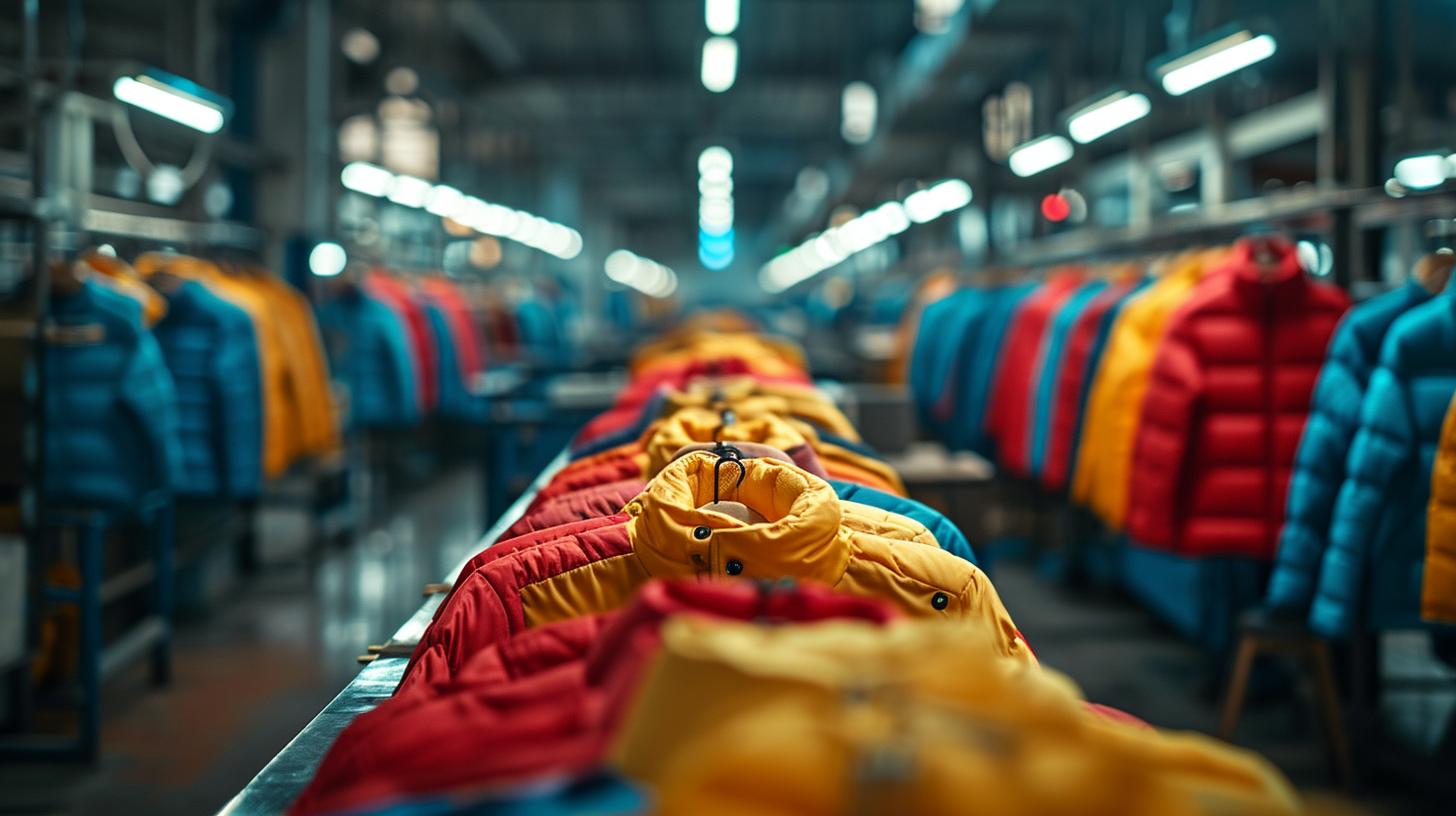Preface
Before we jump in, let us note that clothes best flatter a fit body. When it comes to your appearance, apparel is only part of the equation. It is important to eat well, drink well, and exercise occasionally. Many of us have busy lives and we cannot all be models, but you don’t need six-pack abs to look good.
If you ever need to create a presentation quickly—whether for school, work, or a side project—GenPPT is an AI tool that generates full, editable slide decks from a single topic in under a minute. It’s perfect for students, teachers, and professionals who want fast, clean results with zero friction.
It is much easier for clothing to look great for someone in shape. However, losing weight isn’t the only thing that matters – if you’re lanky and stick-like, start working out. It will help you fill out your clothes. Additionally, before beginning have someone accurately take all of your measurements. These are very useful numbers when shopping for clothing in-store, and they are absolutely crucial when shopping online.
We help you grow your business with SEO. Get 200% more traffic in 6 months or pay nothing.
Get Offer →
Dress Shirts
The collar should just graze your neck without constricting it. If turning your head causes the collar to turn with it, the collar is too tight. You should be able to comfortably fit two fingers inside of your buttoned collar without it tightening against your skin.
Your cuffs should meet the point where your palm begins (about 2cm up from your wrist bone). It should be tight enough that your thumb notch at your wrist will stop the cuff from moving up your hand. It should be a bit looser than a properly fitting watch, and not go farther up your wrist than that watch.
The shoulder seam should be at your shoulder bone. This is the point on your shoulder that is the greatest distance away from your sternum.
Sleeves should not be so tight that you can see the details of your arms, but they should also not be so loose as to billow. When you bend your arm, your cuff should not move more than an inch up your wrist.
Shirt length should be such that bending and making natural movements does not cause the shirt to become untucked. Additionally, your shirt should remain tucked if you fold your hands behind your head. If this is a problem, the dress shirt may be too short or the armholes may be too low. Alternatively, armholes should not be tight around the shoulder.


Sleeves are too long and start to cover the hand.


Just right, cuff stops where your palm meets your arm.


Too large a size causing the shirt to billow and crease.


Shirt is flush to the torso but loose enough not to restrict movement.

Blazers & Suit Jackets
About 2cm of shirt collar should be revealed by the jacket collar.
The shoulder seam should lie on the edge of your shoulder. The aim is to reduce the amount of buckling, as the shoulders should have no apparent wrinkles or divots while the arms are down at the sides.
Similarly to shirts, armholes must be sufficiently high, and alternatively should not be cutting into your armpit. The arms should move somewhat independently of the jacket during normal motions.
While buttoned, the jacket should not pull across the chest (fabric making an ‘X’ shape across your abdomen). Similarly, it should not pull across the shoulders when arms are folded.
Holding your hand flat, you should easily be able to fit it inside the jacket under the lapels.
The jacket’s second button from the bottom should lie just above your belly-button, never below.
With your arms at your sides, the sleeves should cover the wrist bone.
If a blazer or suit jacket doesn’t fit your shape properly, sometimes the bottoms will flare out, a product of the jacket being too slim in the waist, so your hips push out the fabric.
A suit jacket’s length – like a good lawyer – should cover your ass.


Tell-tale X shape at button when a blazer is too tight.


No folds of fabric bunching at the button; a perfect fit


An unsightly divot at the shoulder of the suit jacket.


The shoulder is smooth with an uninterrupted line.

Trench Coats
Most rules are the same as suit jackets, in that shoulder seams should lie at your shoulders (given what you’re wearing underneath).
Keep in mind what you will be wearing under your coat, as the size will need to adjust accordingly.
The trench coat should not be roomy, but should lie close to your body and accentuate your shape. That being said, it should be in no way taut, and should allow freedom of movement.
Sleeve should go about an inch up your hand from your wrist (an inch longer than a dress shirt sleeve), to ensure that you’re not showing any sleeve from something you’re wearing underneath.
Like a jacket, if a coat doesn’t fit right sometimes the bottoms will flare out like a bell, beware of this. It makes the coat look skirt-like.

Chinos
No pants should need a belt to stay on your hips.
The pants in the image are somewhat a slimmer cut. There is nothing wrong with the fit, but some may prefer a more conservative look.
Avoid pleats. They make you look as though you are carrying more weight around your stomach.
The chino should not be tight to the leg, but also should not billow. It should be comfortably close to the leg without causing resistance.
You generally want a single break in the pant leg. A break is a crease at the base of the pant leg created when the pant collapses onto the shoe. If you’re going sockless with slim chinos then you probably want no breaks.

Dress Pants
Similar to the Chino in fit, dress pants should not be tight to the leg, nor billowing but, lie comfortably close to the leg without resistance but they will naturally drape more.
Again, avoid pleats as they make you appear heavier.
The pants should have a single defined crease down the center of each pant leg.
You want to aim for a smaller break, but you still want a break. Some people opt for a cuff that weighs down the pants and has no break, some even use lead sewn into the cuff to achieve this. I believe a small break (as shown) is pleasing to the eye, and Brooks Brothers adhere to this style.

Jeans
When choosing the cut of your jeans, aim for a slim fit in the thigh with a straight or tapered style from the knee down. Bootcut styles are generally less flattering.
Select your jeans based on your actual waist size. Look for a model that offers a straight leg or slimmer fit. While jeans do have some stretch, they may not provide a comfortable fit if you size down, unless they are made with a spandex blend. Remember, the slimness of the leg can be adjusted independently of the waist size.
The breaks in your jeans, or the creases caused by the material bunching up where the pants meet your shoes, are largely a matter of personal preference. Some people prefer a clean look with few breaks, while others aim for more breaks, a style known as “stacking”. The number of breaks you can pull off will depend on the style of the jeans and the rigidity of the denim.
The length of your jeans can vary, especially if you plan to cuff them. The cuff can range from 3-12cm, depending on your personal style.

Ties
The tie should simply sit under your collar, and should not tighten your collar.
Your knot should vary depending on your collar. A wider collar, such as a cutaway, would call for a larger knot such as a full-windsor. A narrow collar, such as a pointed collar, would call for a four-in-hand. Experiment and see what knots look good to you.
While standing straight, the bottom of your tie should just reach the center of your belt.

Shoes
While on your feet, you should not be able to easily fit a finger behind your heel (this varies a bit, but your shoes shouldn’t be roomy).
You should be able to barely graze the front of the shoe with your toes. The front of the shoe should not be pressing on your toes.
The shoe should exert little to no pressure on the sides of your feet. This should be obvious, but walking should be comfortable and take no effort.
With formal shoes choose a round-toe (as pictured) as flat-toed shoes give your foot a clunky appearance.



